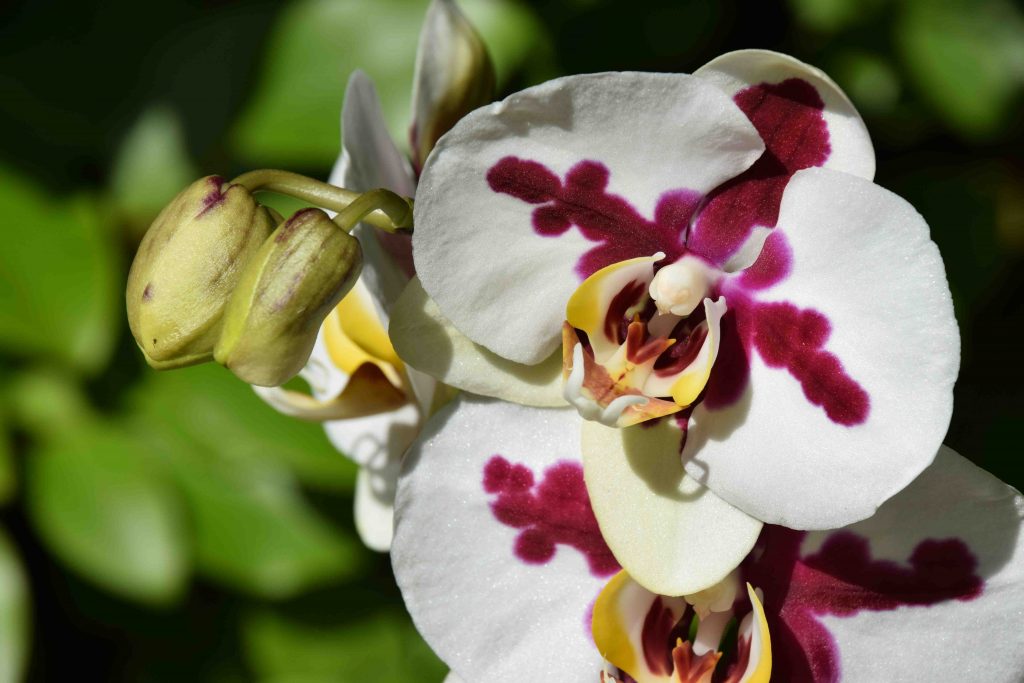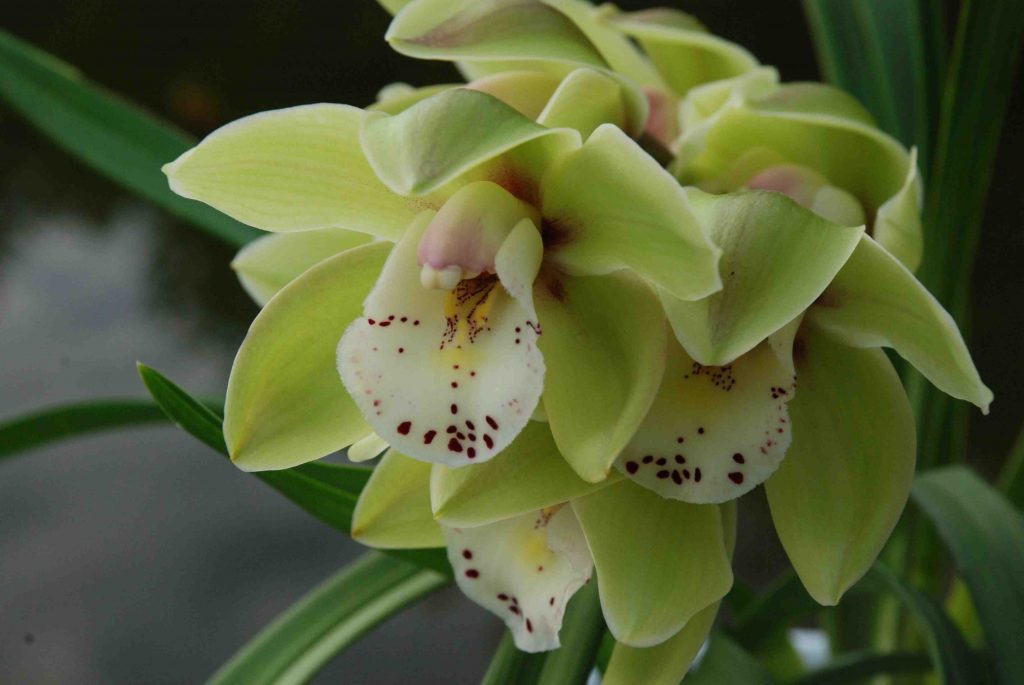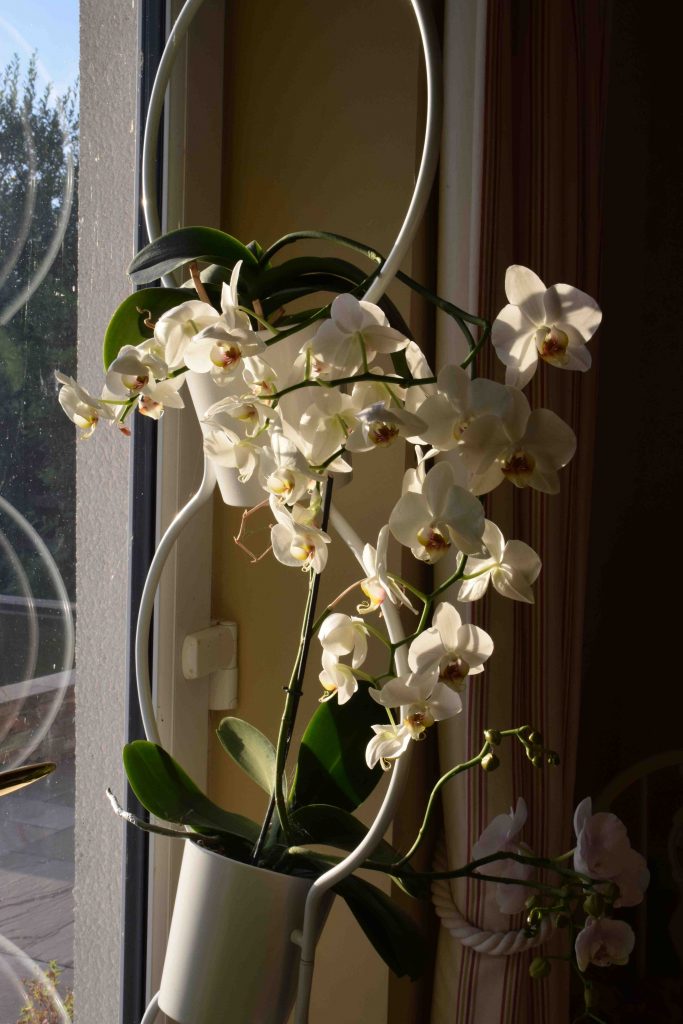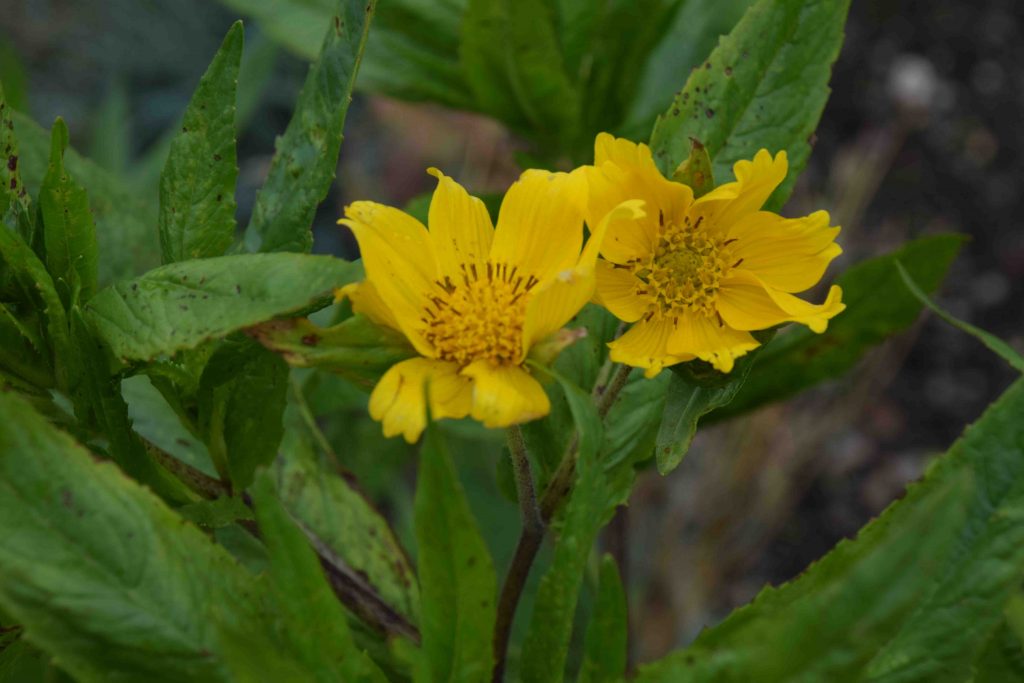
When I was working at Nags Hall, for some of the time I was in charge of buying the houseplants. It was something I enjoyed but my judgement was sometimes clouded by my training at Kew Gardens. Unfamiliar plants that no one wanted to buy were like old friends to me after working in the Palm House and it led to some strange houseplants being offered at times, much to the bemusement of Brian Knight.
I remember one large specimen of Bird of Paradise (Strelitzia) that hung around for years until we finally flung it, literally, in a poly tunnel where, unloved and rooting through the pot into the soil, it flowered like crazy.
These were the days when the selection of houseplants was far less exciting than today and the most popular flowering houseplant was the African Violet (saintpaulia). They rarely did well in the home, and if they did were frequently seen covered in dust in a downstairs loo. You rarely see them these days but we would have fresh stocks delivered every week then. Other plants that you don’t see today are Cissus antarctica the kangaroo vine and Rhoicissus rhomboidea. These vigorous climbers were usually sold as small plants on split canes and always included in mixed bowls of houseplants. I miss them.
Orchids were something that we just dreamt of, apart from cymbidiums.

These orchids, with long, strappy leaves usually bloom in spring. The flowers last a month to six weeks. They are not ideal houseplants because they need more light than they get in a house and they need a cool winter to stimulate flowering. But they were about the only orchids we could get unless we went to a specialist. I had a great desire to grow orchids and did try a few oddities but it was cymbidiums, that spent summer outside and winter under the greenhouse staging, that sated my need.
But things have changed and now moth orchids (phalaenopsis), which were hardly ever seen 40 years ago, are the most popular flowering houseplant of all, usurping the poor African violet.

Moth orchids are easy to keep, they bloom for many months, sometimes non-stop for a year or more, and are cheap. Who would have thought, 40 years ago, that you would be able to buy orchids in the supermarket along with your bread and milk.
They are very tough plants and will not be harmed if they dry out a little. I suggest being kind to them but they will tolerate a little neglect. To keep yours healthy and flowering, here are my tips:
Water thoroughly and, if there is water left in the pot cover, pour it away after a few hours. Use rain water, at room temperature or cool, boiled water.
Do not water again until the compost is just about dry.
Feed every two weeks or so, less in winter. Any fertiliser will do if you mix at half strength but you can buy orchid fertilsers.
Let the roots grow where they want and don’t trim them off.
Keep in good light but away from direct sunlight.
- if the new leaves are longer than the old ones and there are few flowers it needs more light
- If the leaves go yellow and scorched put the plant in shade
When the flowers drop off, do not cut off the flower stems – they can produce more branches lower down with more flowers.
Finally, if the individual flowers last more than three months look at the plant very carefully – I have known people water and care for their silk or plastic orchid for months before realising it was not real.
Jobs for the week
Pretty invader
Have you seen this plant in your garden? When I was a child there were regular stories of strange plants growing in gardens, the result of budgie seed being scattered around after cage cleaning. With so many people feeding wild birds it is not surprising that strange plants pop up in our gardens. In the past few years, as a result of me feeding the finches with nyjer seeds, I had thousands of unfamilar, green plants appearing all over the place. These were nyjer plants (Guizotia abyssinica) and eventually produced attractive flowers on tall plants, up to 1m high. They are not unattractive and the bees like them but I am slightly aggrieved that the finches chuck most of the seeds on the ground and don’t eat them all!

Deadhead bedding plants to keep them blooming
Feed hanging baskets and patio pots every week
Prune lavender. Lightly trim over once the flowers have faded. Light pruning twice a year, when the plants are young, is better than hard pruning.
Start to take cuttings of tender plants to keep them over winter – including penstemon, salvias, fuchsias and pelargoniums
Pick and preserve herbs now when they are at their most tasty. Freeze, dry and freeze mixed with butter or put in oil.